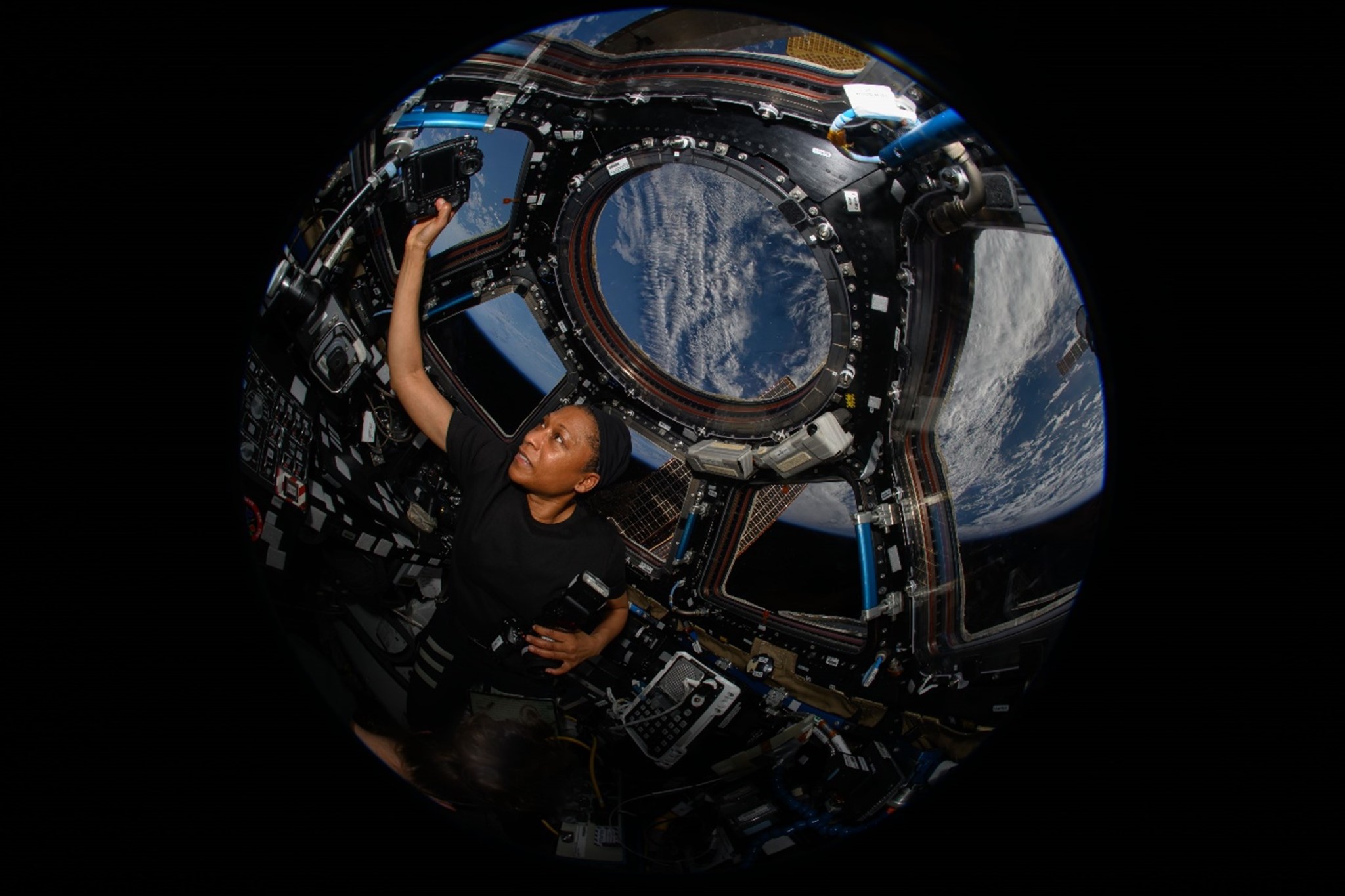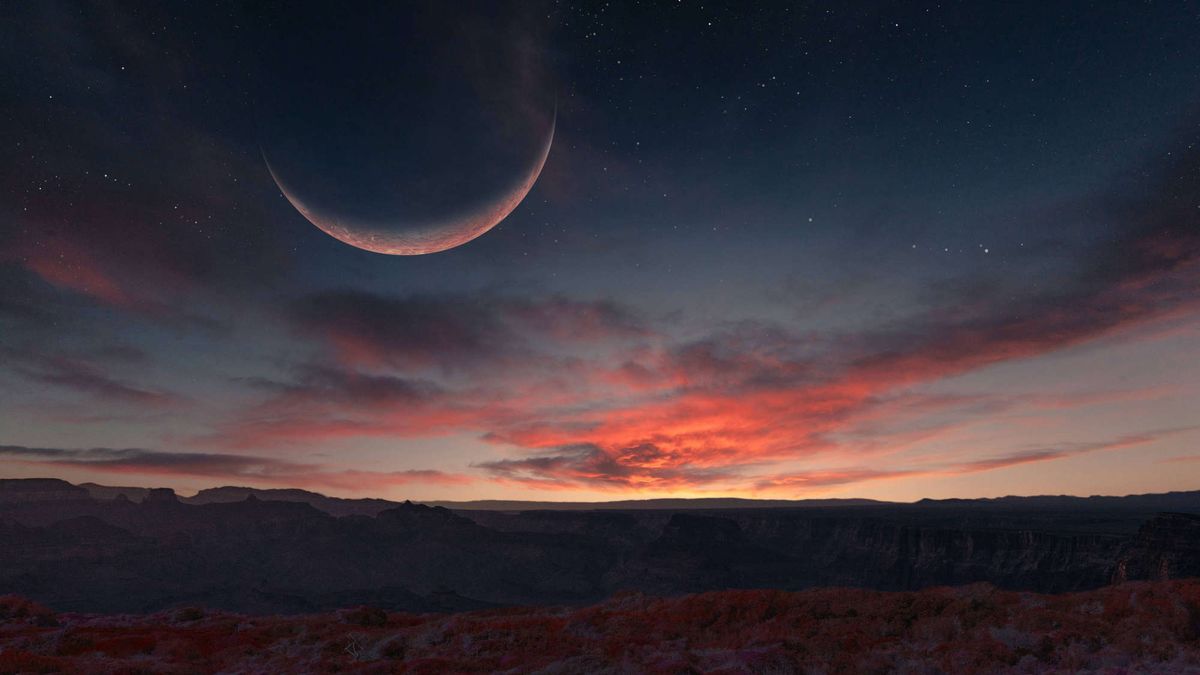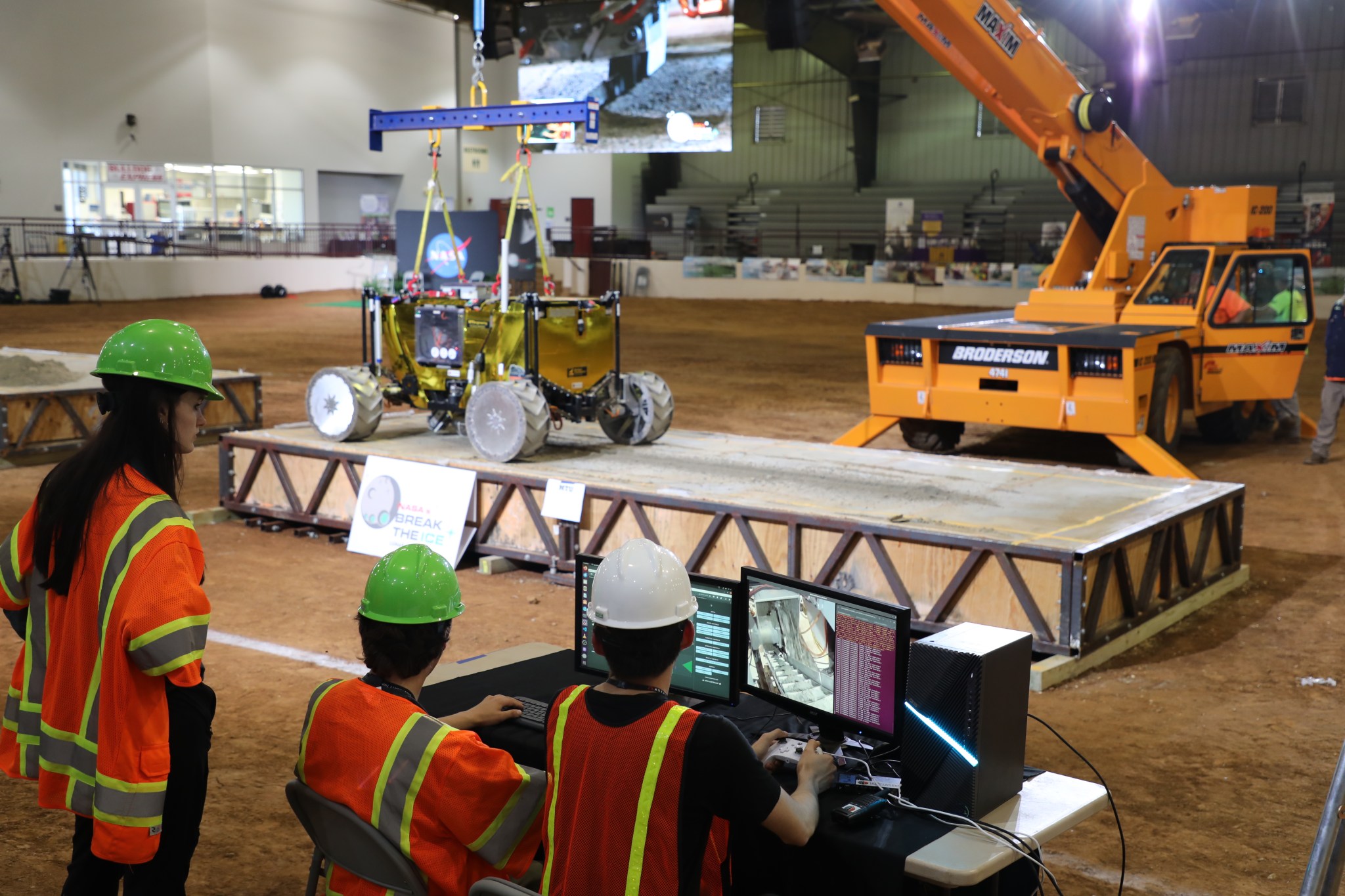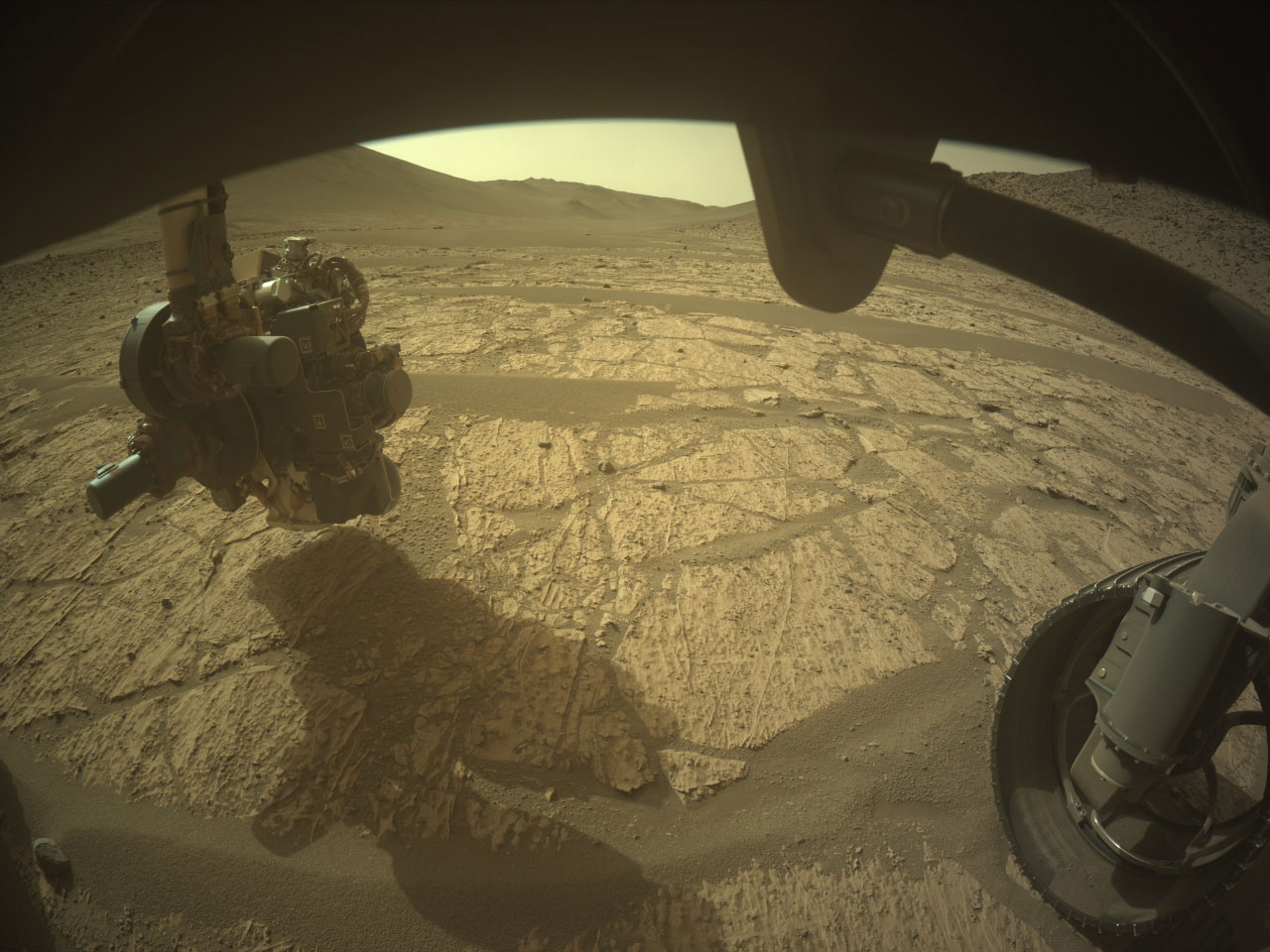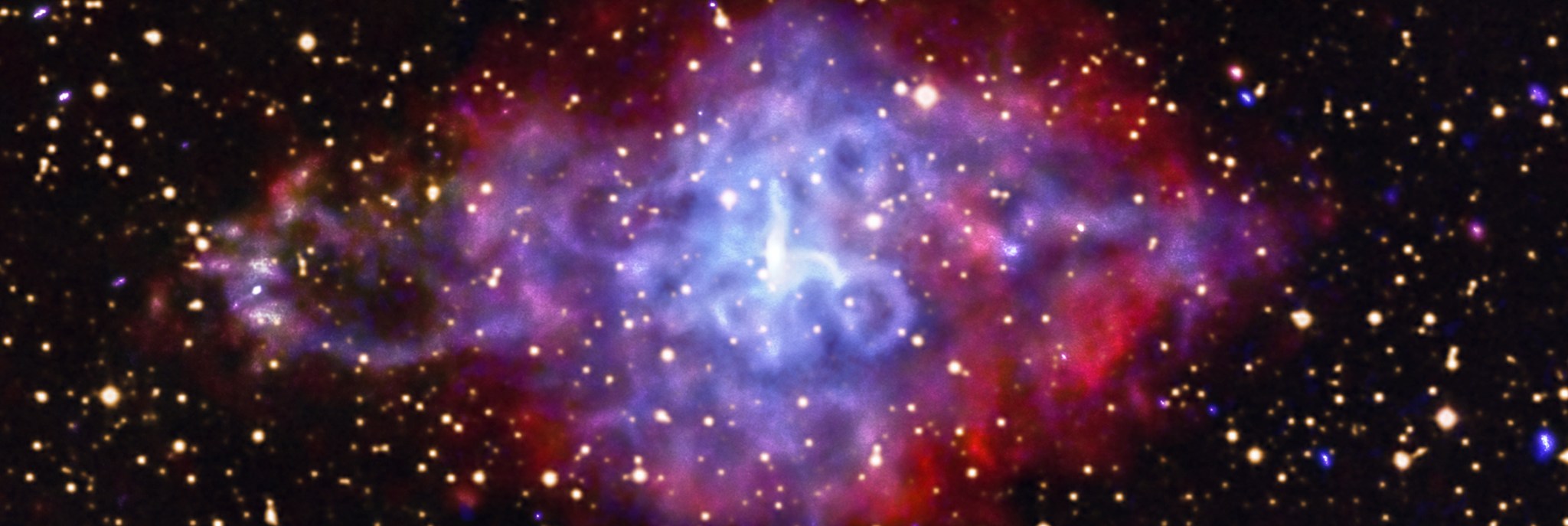(April 8, 2024) NASA astronaut Jeanette Epps uses a camera in the International Space Station’s cupola to take photographs of the Moon’s shadow umbra as a total solar eclipse moves across Earth’s surface during Expedition 71. Credits: NASA/Matthew Dominick Students from Louisiana, New Mexico, and Texas will have an opportunity to hear from a NASA astronaut aboard the International Space Station. The 20-minute Earth-to-space call will stream live at 9:10 a.m. EDT, Wednesday, June 26, on NASA+, NASA Television, the NASA app, and the agency’s website. Learn how to stream…
Read MoreMonth: June 2024
Why smaller planets are better at building large moons
New simulations that describe how moons, including Earth‘s own moon, formed strongly imply that exomoons are more likely to be found around rocky exoplanets. Our moon is thought to have formed when a Mars-size planetesimal called Theia slammed into Earth, gouging out a huge wound in our planet and rendering its entire surface molten. It’s believed that the moon then coalesced from debris that settled into a ring around our planet. Those are the generally accepted details, but the specifics are still hotly debated. The angle and velocity with which…
Read MoreTeachers Bring Student Teams to GLOBE Research Symposia
5 min read Teachers Bring Student Teams to GLOBE Research Symposia A year-long professional development experience for teachers resulted in participation of 10 student teams at Global Learning & Observations to Benefit the Environment (GLOBE) student research symposia. Teachers from the ENGAGE (Earth, NASA, GLOBE, and Guided Explorations) GLOBE Mission Earth 2023-2024 virtual educator cohort have been connecting throughout the school year to learn GLOBE protocols, identify opportunities for students to present GLOBE research, and to share lessons learned. The NASA Science Activation Langley Research Center (LaRC) team led the…
Read MoreHuskyWorks During Rover Testing
“HuskyWorks,” a team from Michigan Technological University’s Planetary Surface Technology Development Lab, tests the excavation tools of a robot on a concrete slab, held by a gravity-offloading crane on June 12 at NASA’s Break the Ice Lunar Challenge at Alabama A&M’s Agribition Center in Huntsville, Alabama. Led by Professor Paul van Susante, the team aimed to mimic the conditions of the lunar South Pole, winning an invitation to use the thermal vacuum chambers at NASA’s Marshall Space Flight Center to continue robotic testing. Read more about NASA’s Break the Ice Lunar Challenge. NASA/Jonathan Deal
Read MoreNASA’s Hubble Celebrates 21st Anniversary with “Rose” of Galaxies
To celebrate the 21st anniversary of the Hubble Space Telescope’s deployment into space, astronomers at the Space Telescope Science Institute in Baltimore, Md., pointed Hubble’s eye at an especially photogenic pair of interacting galaxies called Arp 273. The larger of the spiral galaxies, known as UGC 1810, has a disk that is distorted into a rose-like shape by the gravitational tidal pull of the companion galaxy below it, known as UGC 1813. This image is a composite of Hubble Wide Field Camera 3 data taken on December 17, 2010, with…
Read MoreNew ‘Exodus Green Worlds’ trailer highlights hunt for habitable planets (video)
The talented folks at Archetype Entertainment, formerly the architects of “Mass Effect,” have released a new cinematic trailer for their upcoming hardcore science fiction RPG project, “Exodus,” and it reminds us all that space exploration can be a dangerous occupation rife with a multitude of perils. “Exodus Prologue Chapter 5: Green Worlds” aims to prepare intrepid sci-fi gamers for the time-dilated interstellar journey aboard a fleet of ark ships as travelers experience velocities approaching light speed. Following the mass exodus from Earth in the 23rd century, valiant explorers journey outward…
Read MoreA Bright New Abrasion
Perseverance Perseverance Mission Overview Rover Components Where is Perseverance? Ingenuity Mars Helicopter Mission Updates Science Overview Science Objectives Science Instruments Science Highlights News and Features Multimedia Perseverance Raw Images Mars Resources Mars Exploration All Planets Mercury Venus Earth Mars Jupiter Saturn Uranus Neptune Pluto & Dwarf Planets 2 min read A Bright New Abrasion This image was acquired by the Front Right Hazard Avoidance Camera A on June 16, 2024 (Sol 1181) at the local mean solar time of 14:20:10. The image shows the area in front of the rover…
Read MoreNASA Engineer Honored as Girl Scouts ‘Woman of Distinction’
4 min read Preparations for Next Moonwalk Simulations Underway (and Underwater) Danielle Koch, an aerospace engineer at NASA’s Glenn Research Center in Cleveland, was honored by the Girl Scouts of North East Ohio as a 2024 Woman of Distinction. She accepted the award during a ceremony on May 16. Credit: Girl Scouts of North East Ohio/Andrew Jordan You’d think a NASA aerospace engineer who spends her days inside a giant dome researching how to make plane engines quieter and spacecraft systems more efficient would have a pretty booked schedule. Still,…
Read MoreNASA’s Chandra Peers Into Densest and Weirdest Stars
Supernova remnant 3C 58. X-ray: NASA/CXC/ICE-CSIC/A. Marino et al.; Optical: SDSS; Image Processing: NASA/CXC/SAO/J. Major The supernova remnant 3C 58 contains a spinning neutron star, known as PSR J0205+6449, at its center. Astronomers studied this neutron star and others like it to probe the nature of matter inside these very dense objects. A new study, made using NASA’s Chandra X-ray Observatory and ESA’s XMM-Newton, reveals that the interiors of neutron stars may contain a type of ultra-dense matter not found anywhere else in the Universe. In this image of 3C…
Read MoreDARPA’s military-grade ‘quantum laser’ will use entangled photons to outshine conventional laser beams
Researchers are developing a new, military-grade “quantum laser” that can cut through fog and operate across long distances. The U.S. Defense Advanced Research Projects Agency (DARPA) has awarded a $1 million grant to scientists building a prototype “quantum photonic-dimer laser” that uses quantum entanglement to “glue” light particles together and generate a highly concentrated laser beam. Lasers play a crucial role in military operations and are used in everything from satellite communications and targeting technology to mapping and tracking systems like lidar (light detection and ranging). Conventional lasers work by…
Read More